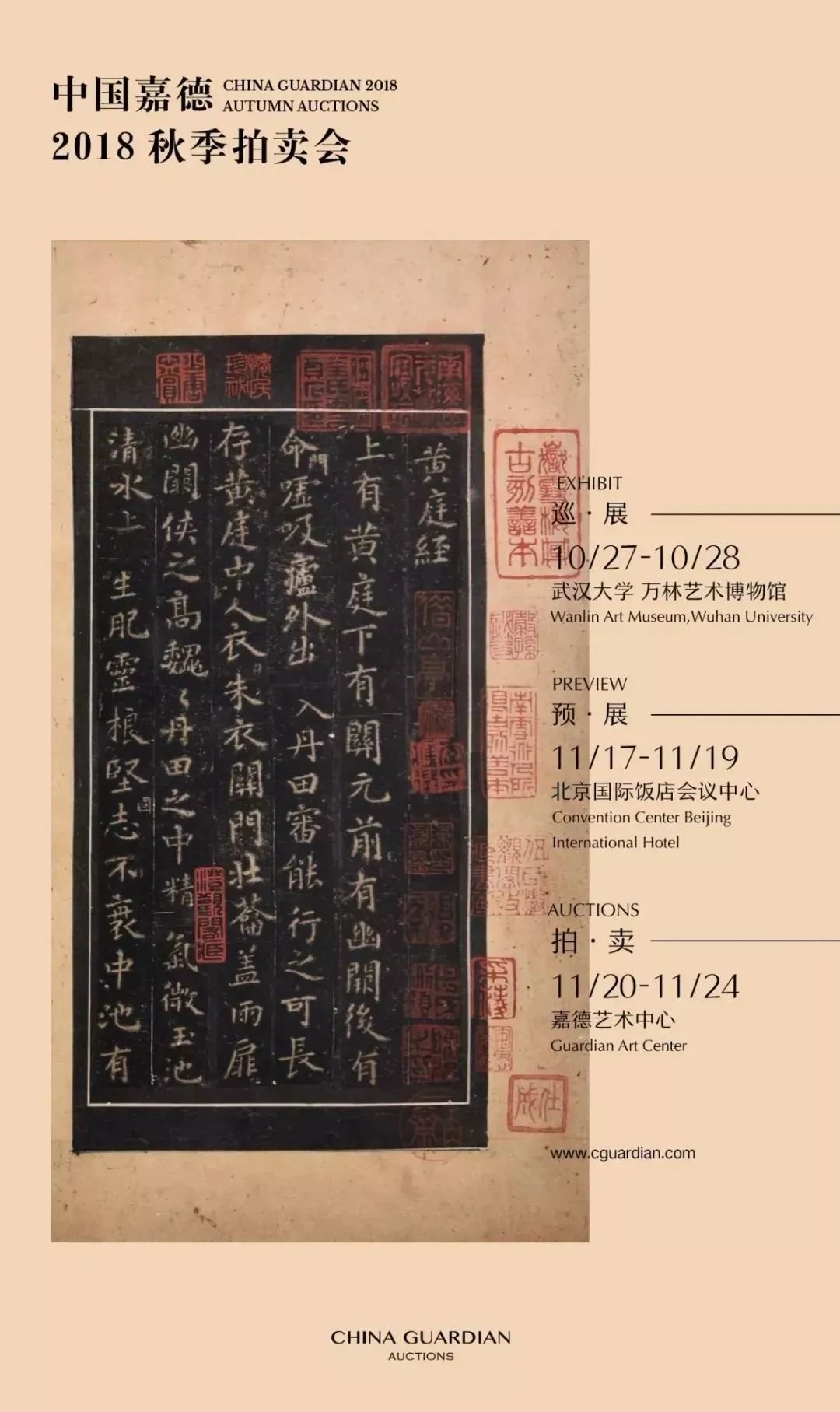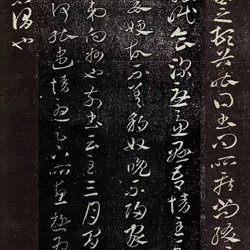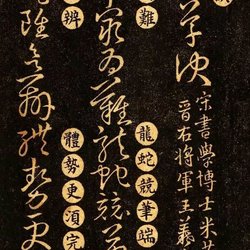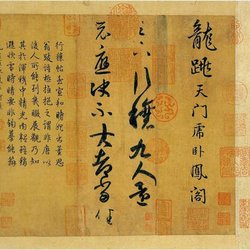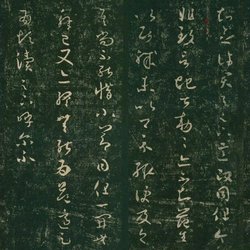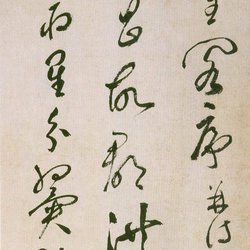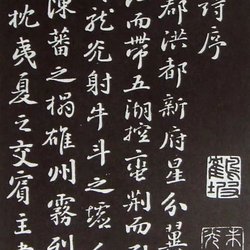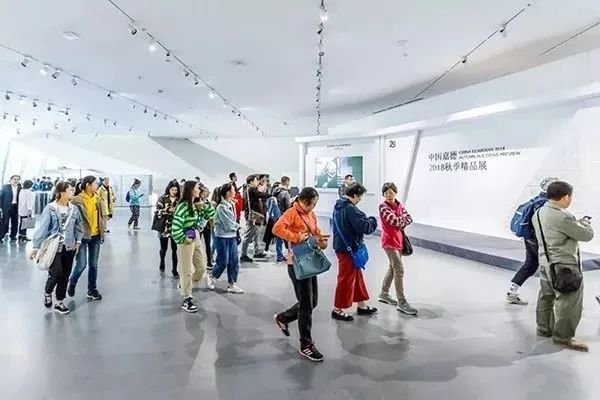
Among them, "Eleven Types of Inscriptions and Inscriptions on Rare Books from An Siyuan's Collection" was particularly attractive, and many viewers stopped to watch in front of the booth.
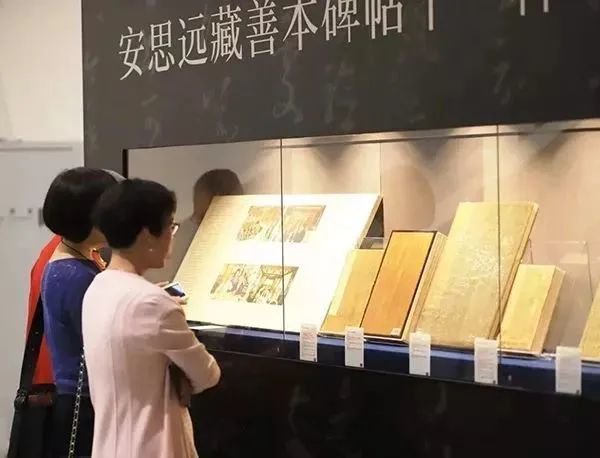
Robert H. Ellsworth is a famous American collector, especially famous for his collection of Chinese antiques. Known as the "Godfather of Chinese Antiques" by insiders. His mansion in New York was once the most famous Chinese art collection exhibition hall and exchange in the United States.
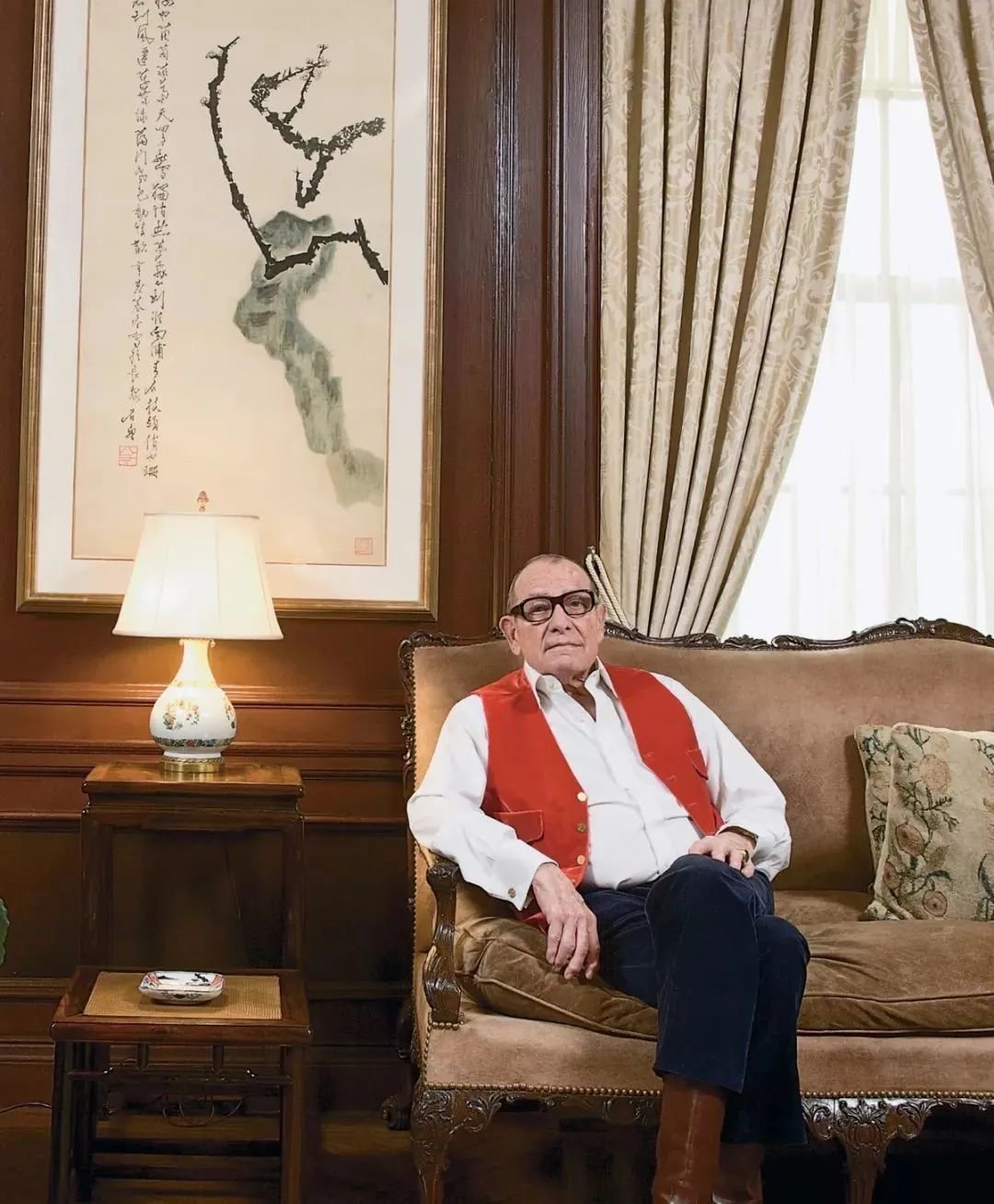
Ellsworth (1929-2014)
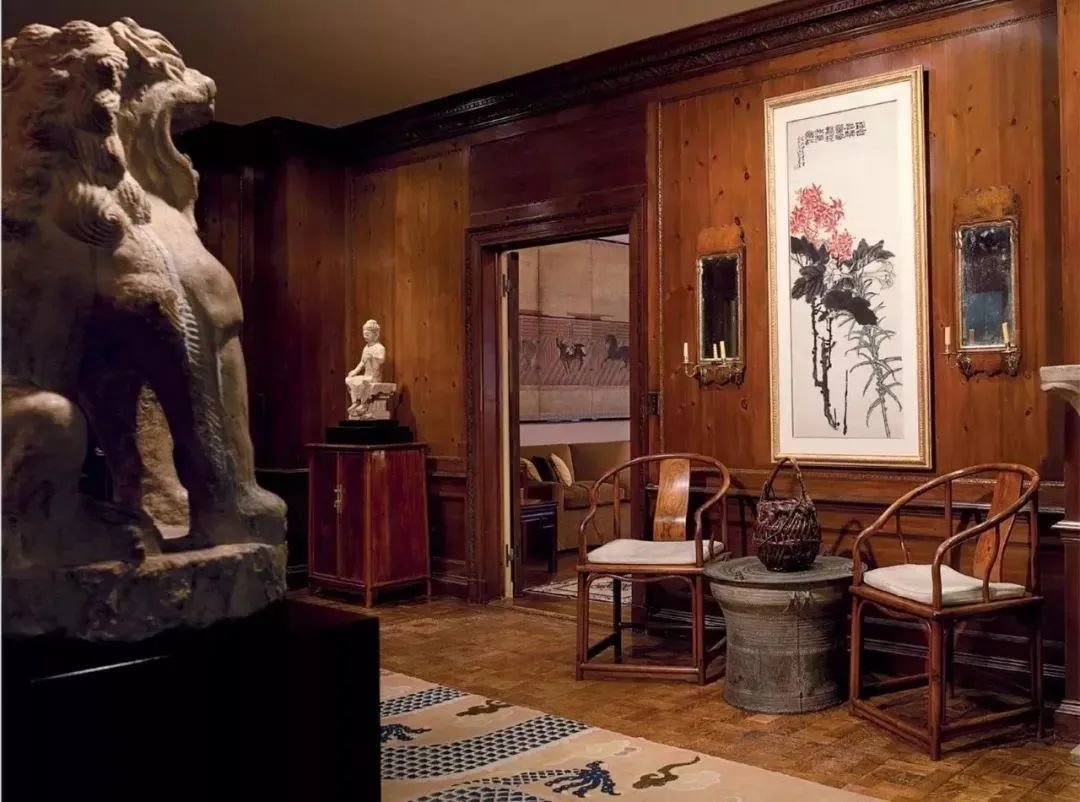
Ellsworth's apartment in New York
When it comes to Ellsworth, many people know about the "Exhibition of Treasures from the Collection of Inscriptions and Inscriptions by Mr. Ellsworth of the United States" that caused a sensation in the calligraphy community in 1996. At that time, Ellsworth was invited to bring the best part of his collection - twelve kinds of fifteen volumes of inscriptions to the Palace Museum in Beijing for display. Among them were the four rarest volumes of the national treasure "Chunhua Pavilion Inscriptions".
At that time, cultural relics experts including Qi Gong proposed to buy back the "Chunhua Pavilion Notes". An Siyuan intended to return the "Chunhua Pavilion" to his homeland, but he used Qing Dynasty beads and other cultural relics collected by the Forbidden City in exchange. Unfortunately, due to various reasons, the exchange could not be reached and the opportunity was missed. After many twists and turns, the Shanghai Museum finally entrusted Wang Limei to purchase the national treasure from Ellsworth in 2003 for US$4.5 million.
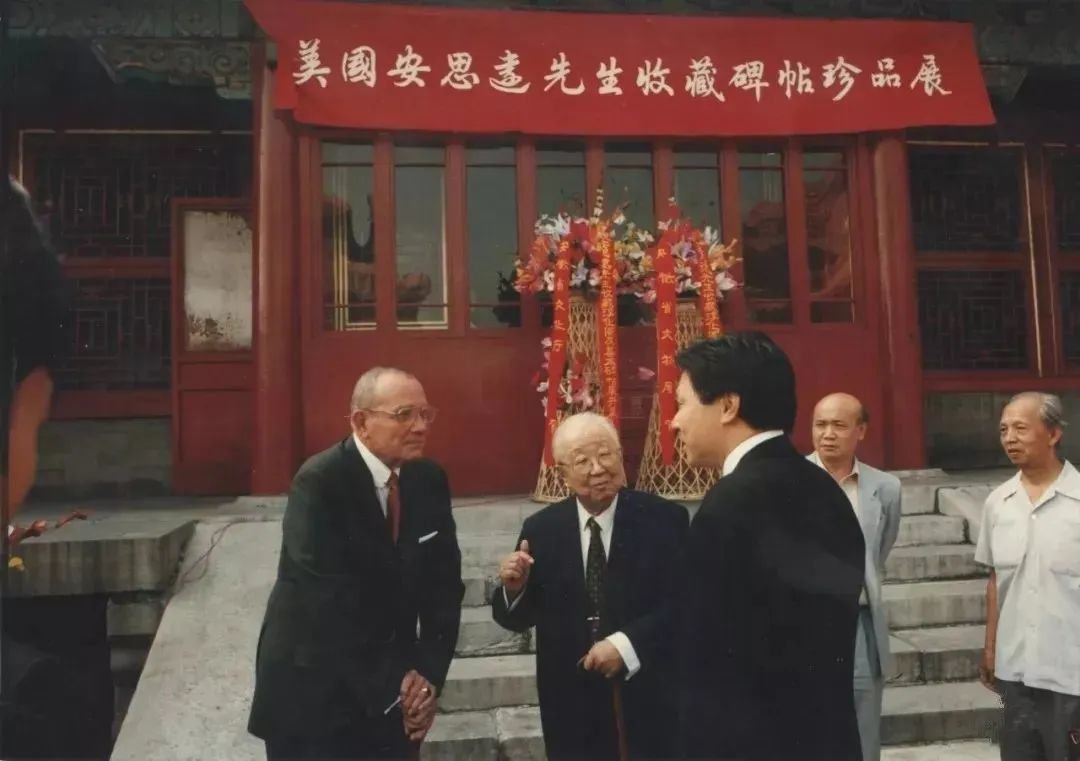
"Exhibition of Treasures from the Collection of Steles and Calligraphy by American Mr. Ellsworth"
Now, other inscriptions collected by Ellsworth have come to China again, and we don’t know who will eventually end up with them. The eleven kinds of inscriptions and inscriptions collected by Ellsworth are all rare books. If any museum or library succeeds in bidding at this auction, they can be rated as national first-class cultural relics. Some of them can even be called "national treasures".
Although I cannot visit the site in person, being able to see these precious cultural relics is a great blessing in life.
Eleven types of inscriptions on rare books collected by An Siyuan
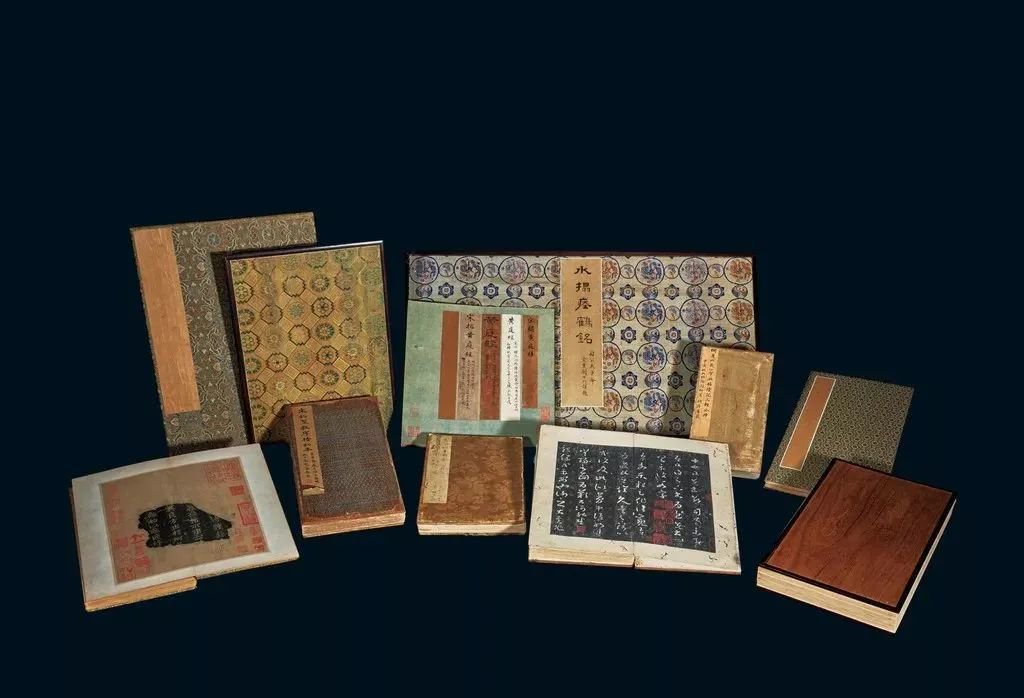
Song Extension of Seventeen Posts and Ming Dynasty Zhu's Commentary Edition
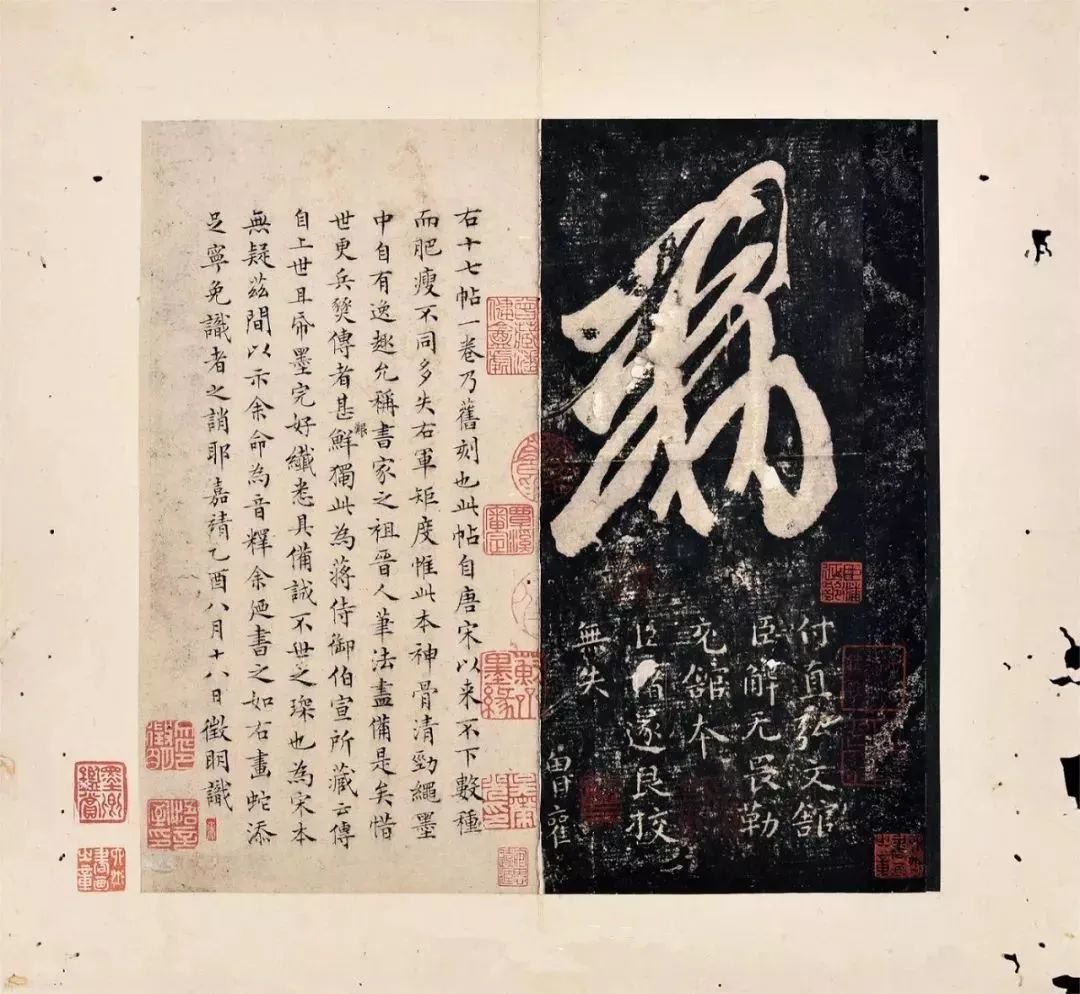
"Seventeen Posts" is one of Wang Xizhi's famous cursive calligraphy masterpieces. It is named after the "Seventeen" at the beginning of the volume. Zhang Yanyuan, a painter of the Tang Dynasty, recorded the basic information of "Seventeen Posts" in his "Fa Shu Yaolu": ""Seventeen Posts" is one foot and two feet long, which is the inner version of Zhenguan. One hundred and seven lines, nine hundred and four The twelve characters are Juhe's famous calligraphy. Emperor Taizong purchased the two kings' books, and the king's book contained three thousand pieces of paper. He made a roll of one foot and two feet. He took his handwriting and words and decorated them with numbers." He also said: "The "Seventeen Posts on Acupuncture Points" is named because there is the word "Seventeen Days" at the beginning of the volume."
Wang Xizhi's original calligraphy has been lost. Among the handed down editions of "Seventeen Tie", the Tang Hongwen Guan version system is the best, which basically faithfully reproduces the original appearance of "Seventeen Tie". It is characterized by the word "Edict" and the inscription at the end of the text. Among the library's system of editions, the half-engraved edition with the two characters "Seng Quan" inscribed at the end of the text should be considered superior. The version collected by An Siyuan is the most famous version of the Seventeen Tiles. This version has been passed down in an orderly manner. It was originally collected by the calligrapher Zhao Mengfu of the Yuan Dynasty. It was textualized by Wen Zhengming of the Ming Dynasty as a Song rubbing, and the explanatory text and postscript were written in small regular script in cinnabar. Wen Zhengming's postscript was written during the Jiajing period, and this postscript can also be regarded as Wen Zhengming's representative work in small regular script during this period. Ellsworth acquired it for US$66,000 at a Christie's auction in New York in 1994.
What is even more surprising is that the original stone of "Seventeen Posts" carved in Song Dynasty appeared together with this post.
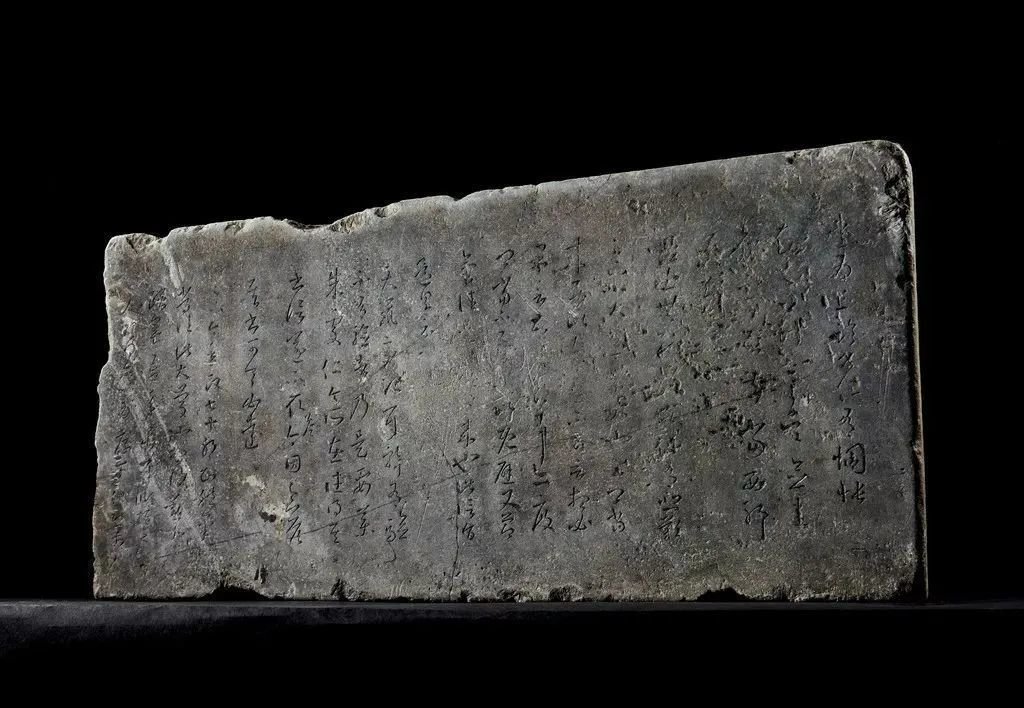
Song Tuo Huang Ting Jing
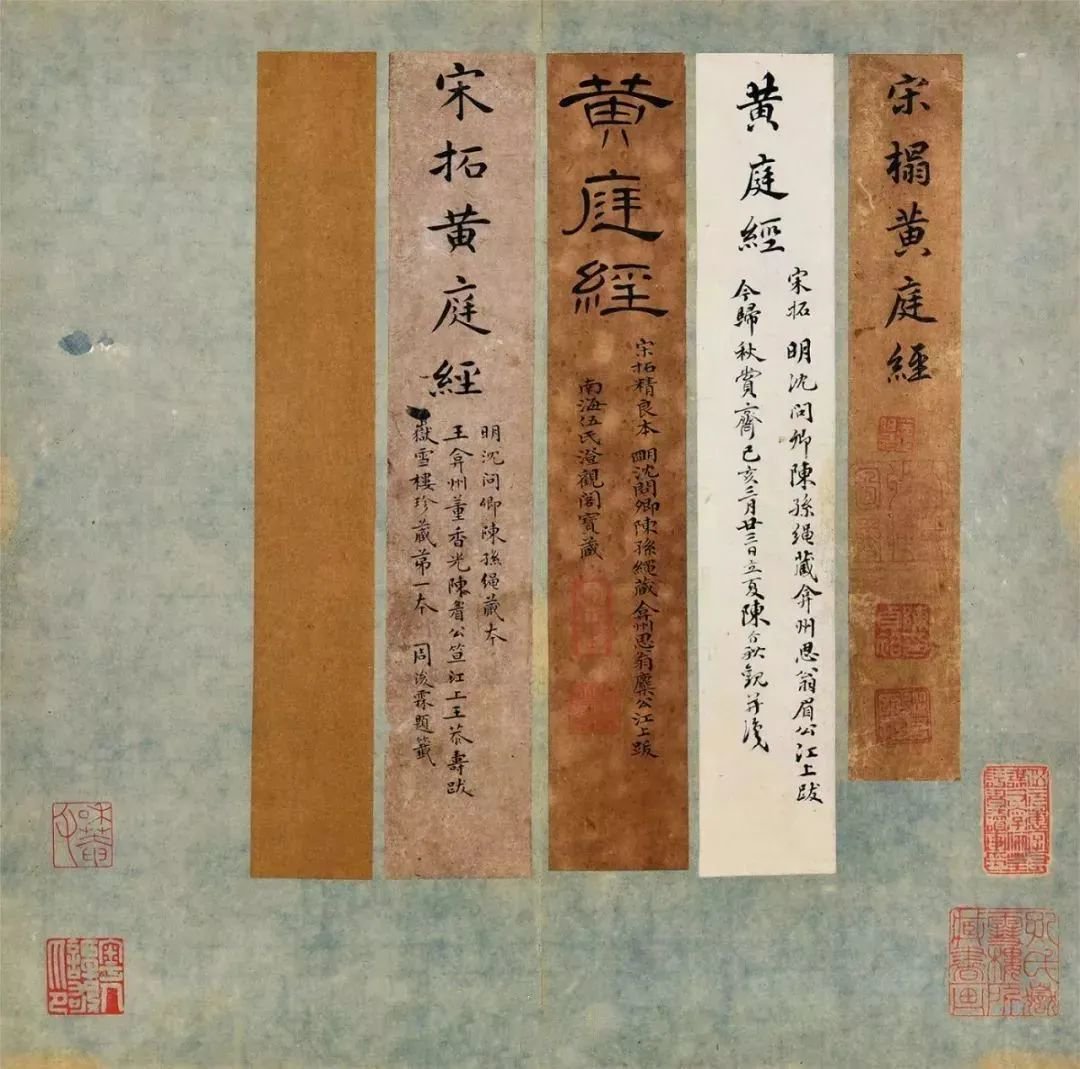
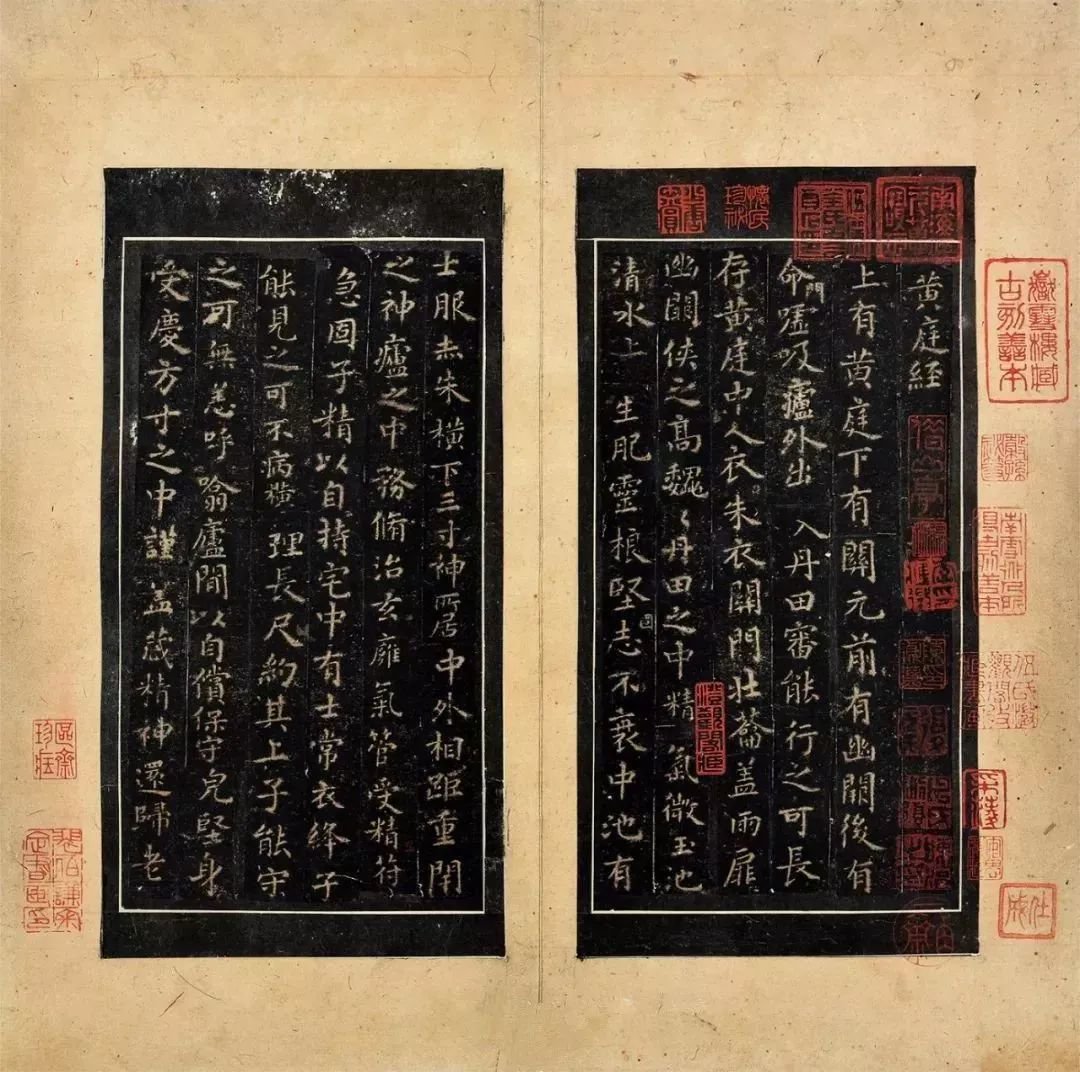
The original stone has been lost for a long time and is written by Wang Xizhi. This copy and the one in the Shanghai Library were inscribed with the same stone, and are single-engraved inscriptions from the Song Dynasty. Later generations often copied it at this time and found it in "Ming Tingyun Guan Tie". This original was originally collected by Wang Chong and Chen Chun of the Ming Dynasty. During the Republic of China, it was owned by Pei Jingfu Zhuang Tao Pavilion and then by Li Qiyan of Guangdong. It was acquired by Ellsworth for US$99,000 at Christie's auction in New York in 1992.
Song extended Jin Tang Xiaokai
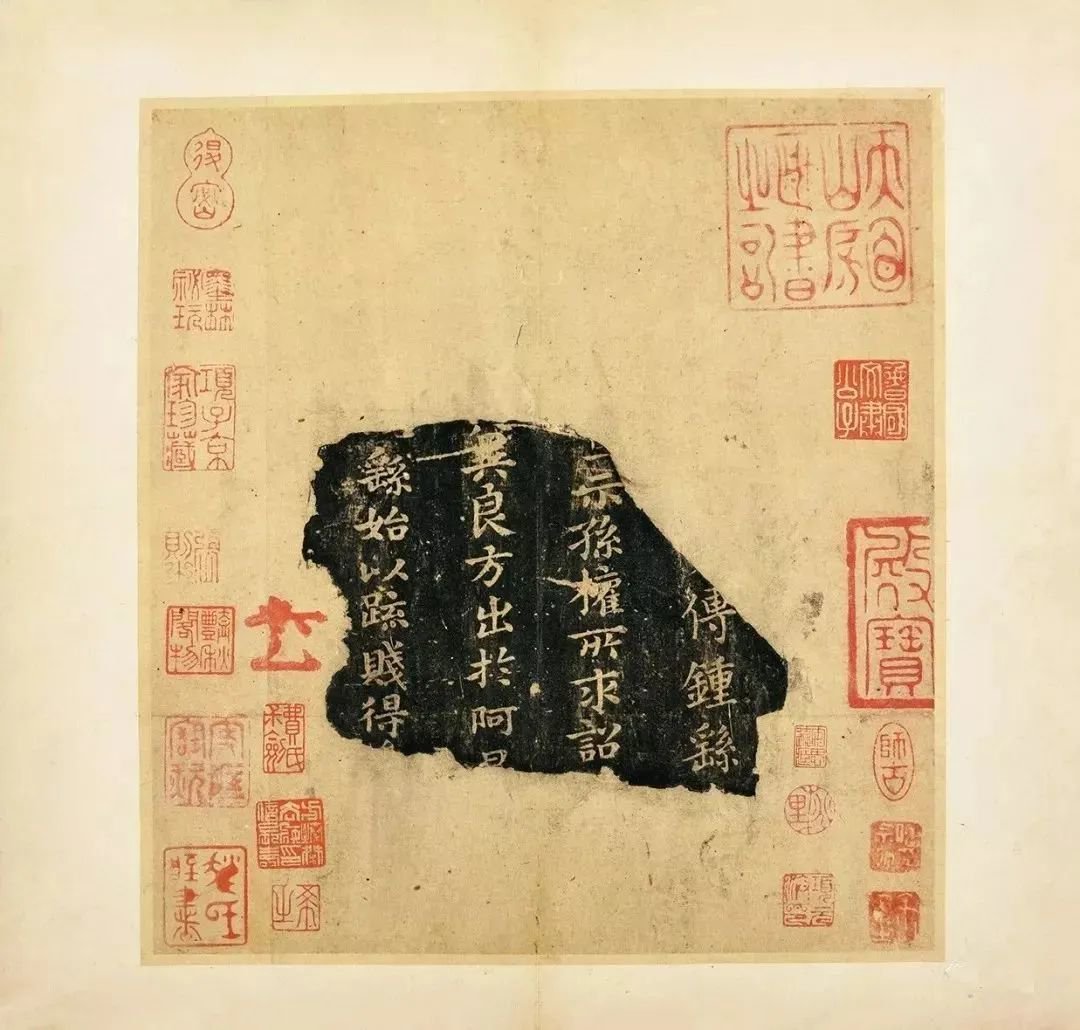
This volume contains seven types of small regular scripts from Wei, Jin and Tang, all of which were copied from the Song Dynasty. Later generations often copied it at this time and found it in "Song Xingfenglou Tie" and "Pseudo Jiang Tie". Among the small regular script engravings of the Song Dynasty, the Shi family's Yuezhou edition collected by Li Zonghan of the Qing Dynasty is the most valuable. Among the seven, the most treasured one is Wei Zhongyao's "Xuanxian Table", which is what the sages said is the best edition. This volume has a seal from the Song Dynasty and was attributed to Xiang Yuanbian of the Ming Dynasty. It was acquired by Ellsworth for US$14,300 at Sotheby's auction in New York in 1998.
Song Tuo Huairen's Preface to the Collection of Wang Shengjiao
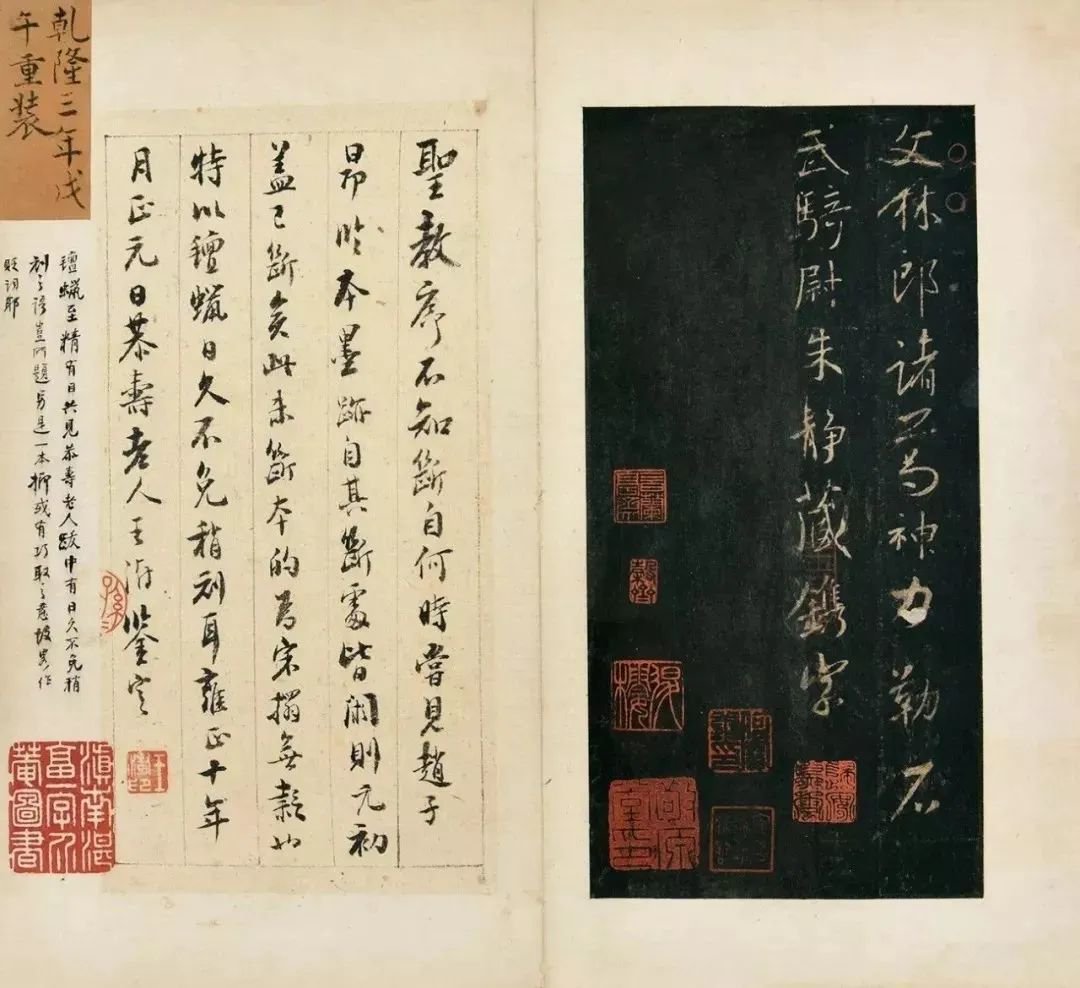
The original stele is now in the Forest of Steles in Xi'an. There are slightly more Song rubbings of this monument than others, but fewer fine copies. This is a fine copy of the Song Dynasty rubbings. The paper and ink are excellent and of the highest quality. The stele broke during the Song and Yuan dynasties. At the same time, the European book "Huangfu Stele" found cracks in the stone during the Song and Yuan dynasties. This is an unbroken edition and should be a Song extension. This copy was originally in the collection of Yuan Ban Weizhi and was later attributed to Ming Wen Zhengming. It was acquired by Ellsworth at a Christie's auction in New York in 1991 for US$39,600.
A Thousand-Character Essay from Tuoqun Yutang of the Song Dynasty
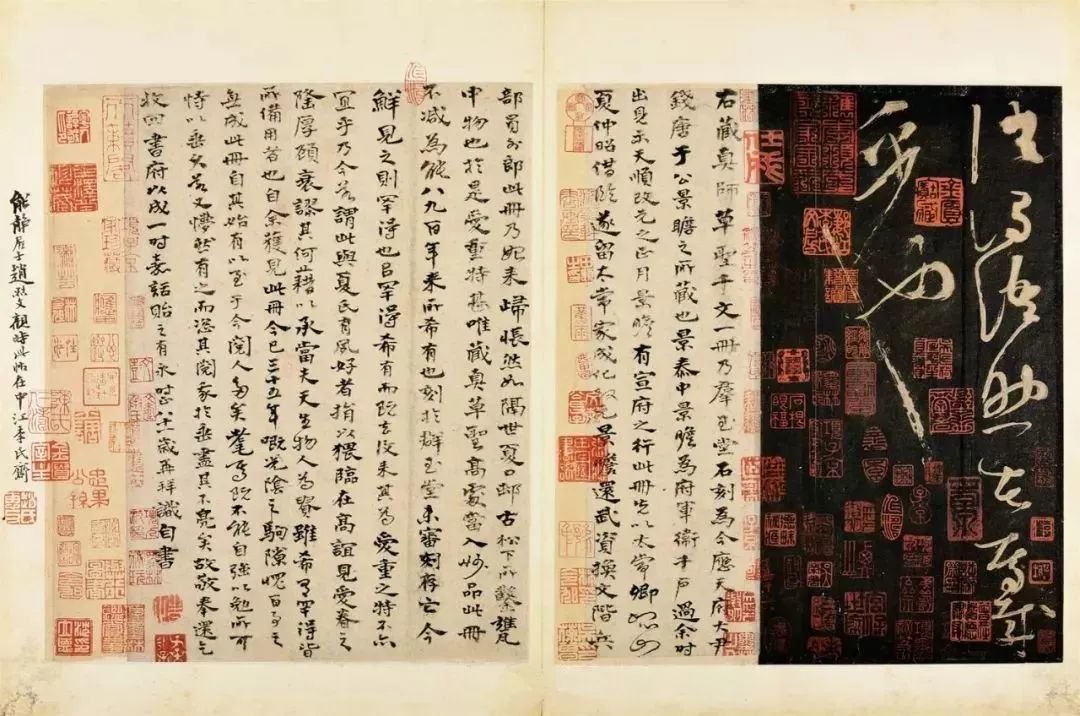
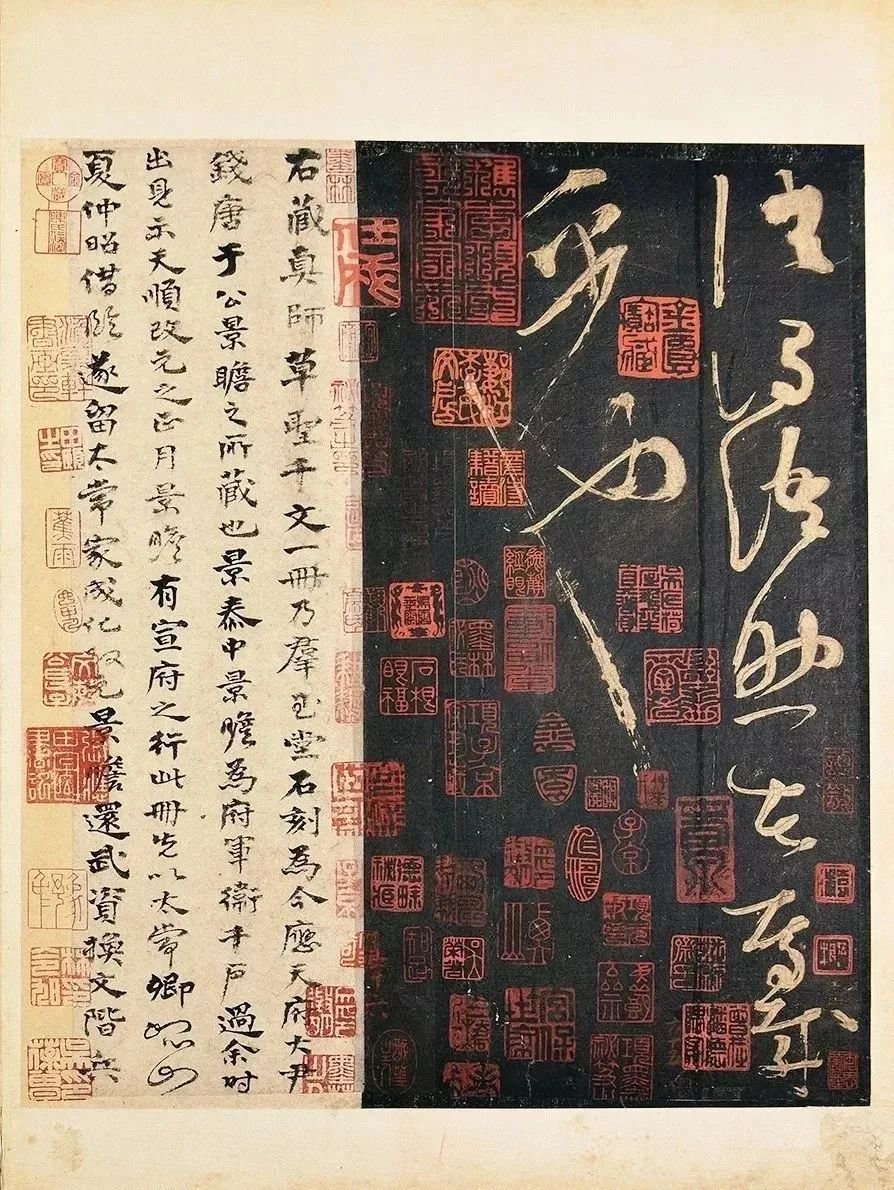
local magnification
This is a set of ten volumes engraved by Han Yuzhou of the Song Dynasty. There is no original engraving of the complete copy handed down from generation to generation, but there are some reprints. This volume is the fourth volume of the complete calligraphy. It is the only copy of the Song rubbings and has not been circulated in the same volume. There are other volumes in the Forbidden City, Jilin and other museums, all of which are fragments. This seal of the Song Dynasty was also attributed to the Ming Dynasty. It was recorded in the past dynasties and circulated in an orderly manner. During the Republic of China, it was collected by Tan Jing and Chen Rentao and then belonged to Li Qiyan. This is what Li called "Qunyuzhai". The seals of Tan and Chen are found in the Liushu "Shengcejun Stele" from the Song Dynasty in his collection. This copy is precious because it is the only complete single-volume copy of the calligraphy at this time, so it can be kept as a single calligraphy. Secondly, it is said to be excellent in rubbing, and all the brushstrokes and threads are present, making it a top grade. Ellsworth acquired it for US$319,000 at a Christie's auction in New York in 1992. It is worth pointing out that the total price of the four volumes of "Chunhua Pavilion Tie" purchased by An Siyuan was US$321,100. The value of one volume of "Song Tuoqun Yutang Tieben's Thousand-Character Essay" is comparable to that, which shows its preciousness.
The Story of Magu Immortal Altar with Small Characters in Song Dynasty
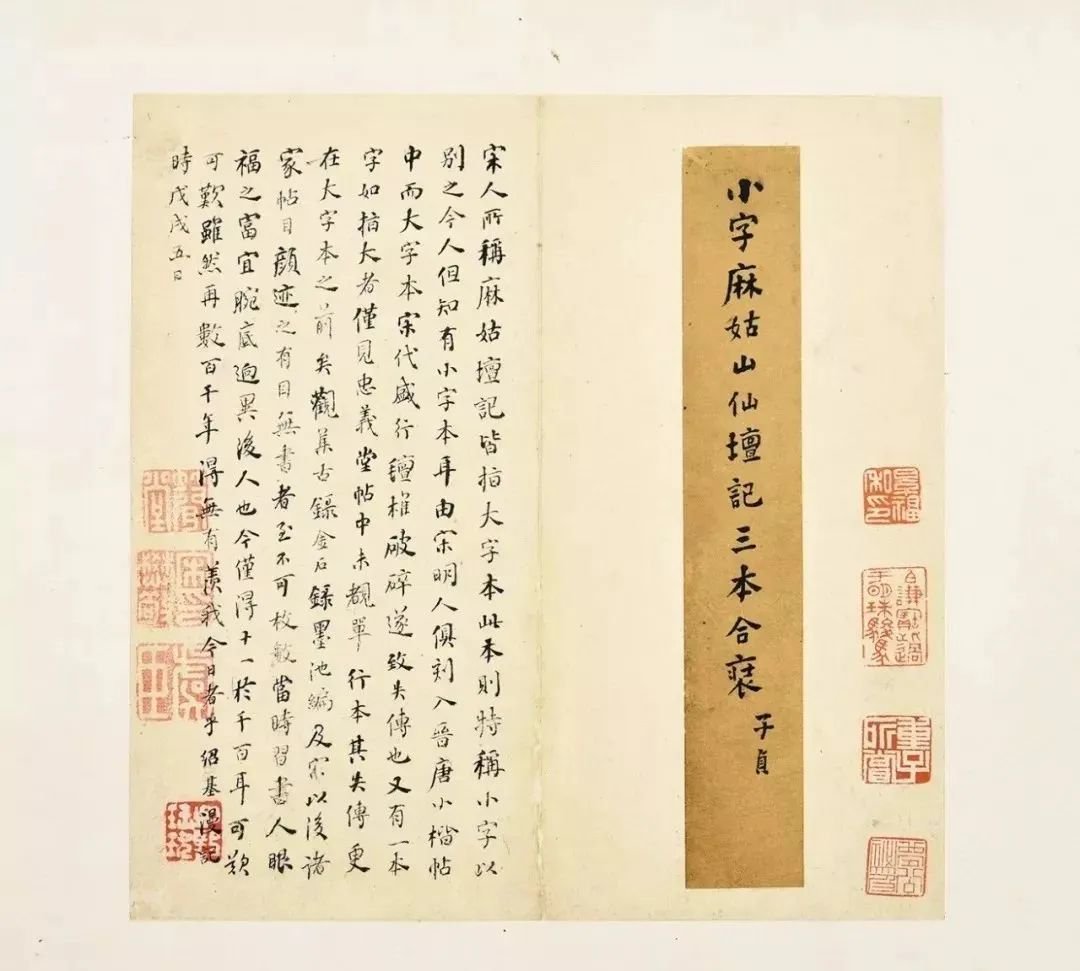
This volume contains three types of inscriptions, all of which are Song inscriptions. The so-called authentic Magu edition with small characters should be regarded as the Guancheng edition. The stone back is engraved with seven small regular scripts. There are three types of Song rubbings. The first two are the original Nancheng originals, the second type is followed by seven small regular scripts; the third type is the Song rubbings, which are mostly copied by later generations and can be found in "Ming Tingyun Guan Tie". This copy was originally collected by Lu Gan of the Song Dynasty, and then belonged to Wen Zhengming. It was later collected by the He family and Pei Jingfu. It was acquired by Ellsworth at a Christie's auction in New York in 1994 for US$49,500.
Tuohe inscriptions between Yuan and Ming dynasties
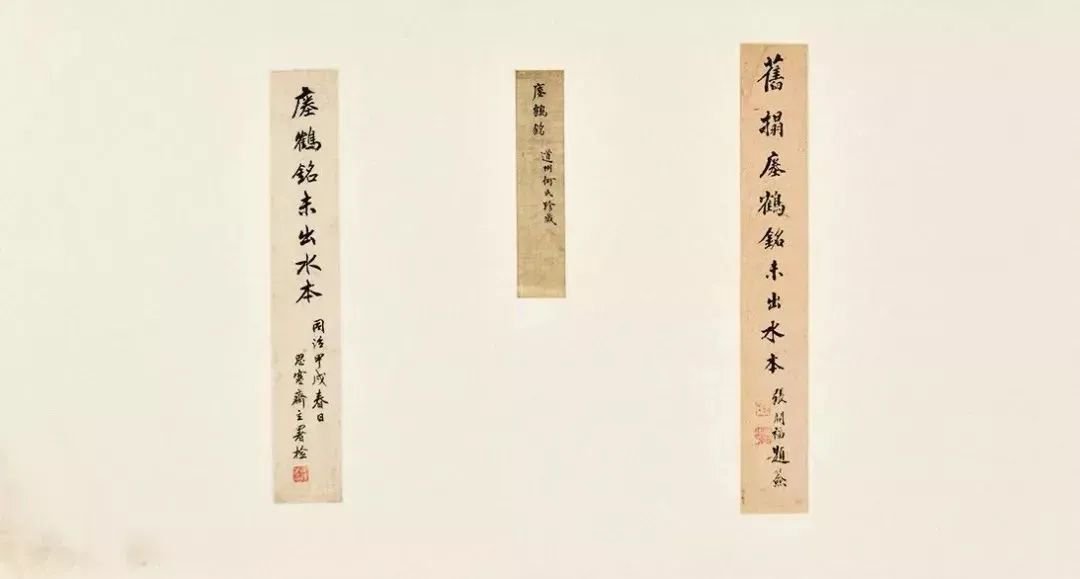
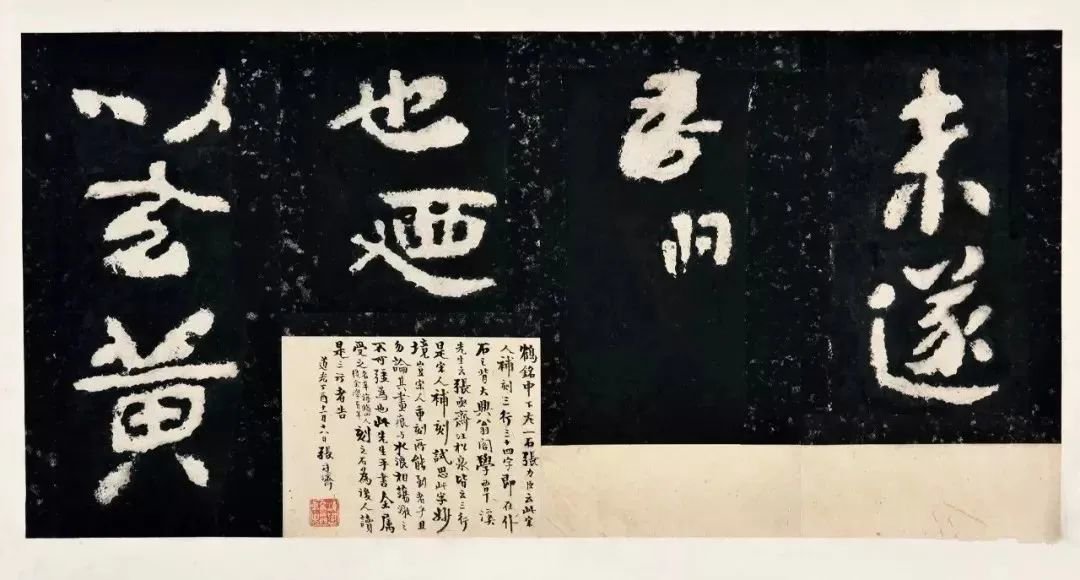
The original stone is now in the Jiaoshan Stele Forest in Zhenjiang, Jiangsu Province. The stone fell into the river during the Song Dynasty, and five stones were fished out during the Kangxi period of the Qing Dynasty. The rubbings handed down from generation to generation include the so-called water-previous and post-water rubbings. This volume contains two types, one of which is the Shuiqian version, which is the rubbing made before the water comes out, or is called the Shuiqian version. According to the "School Stele Zi Jue", the character "Sui" in the Shuiqian version of "Suiwu" is intact, and this version is the same. Mr. Zhang Yansheng believes that the Song Dynasty rubbings of "The Crane Inscription" cannot be trusted. Wang Zhuanghong calls this a Shuiqian rubbing, so it is fair to judge that this Yuan and Ming Dynasty rubbings were made. The second rubbing was made by monk Hezhou in Jiaoshan Mountain in the Qing Dynasty, which was made after the water came out. This volume was previously published in the lithographic version of "Two Comprehensive Volumes of Taozhai Zanghe Crane Inscriptions" by Youzheng Bookstore in January 1910, and was recorded in Wang Zhuanghong's "Essays on Supplementary School Stele".
Mingtuo Tianfa Prophecy Monument
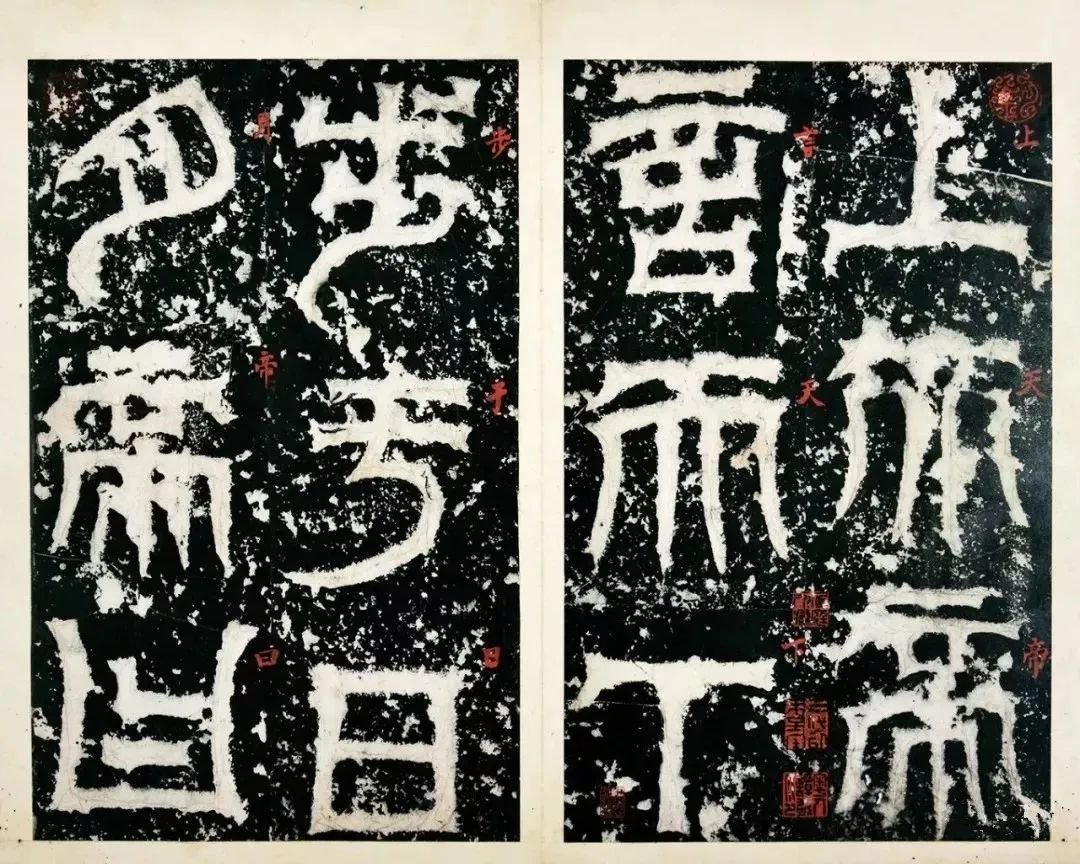
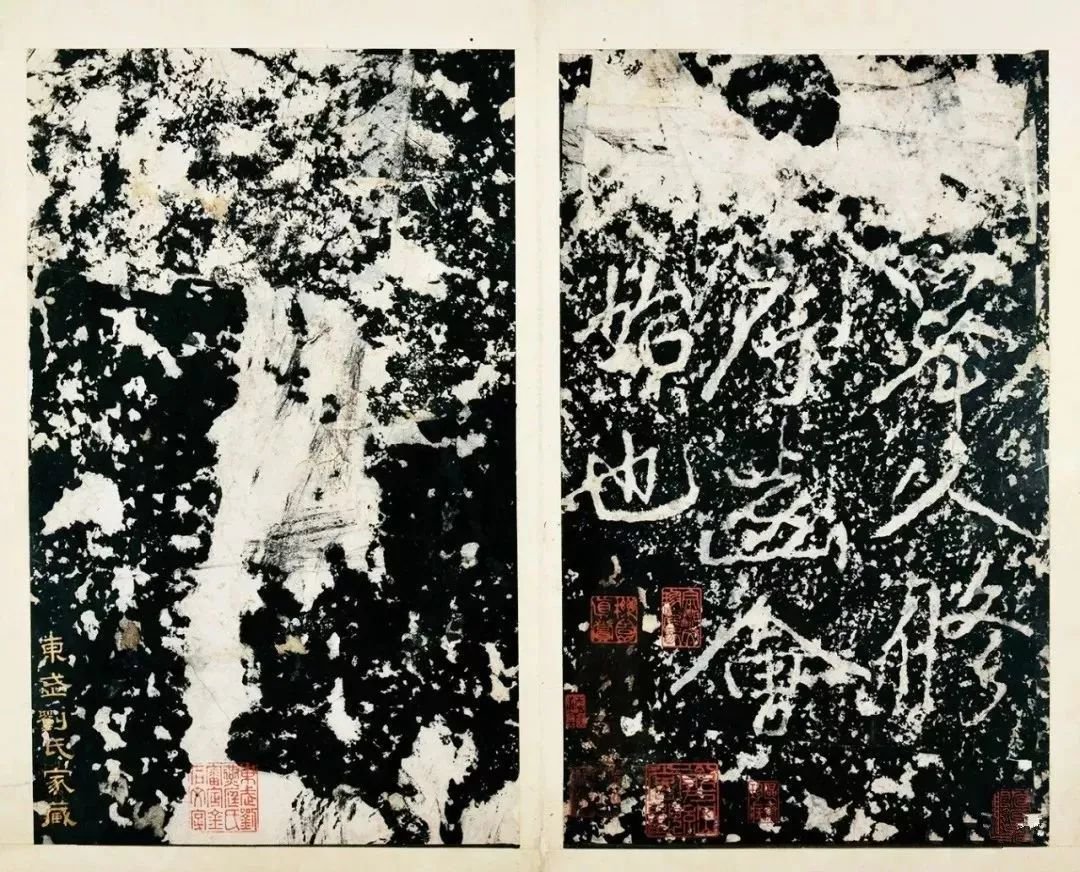
The original stone has been lost for a long time. The oldest copy handed down from generation to generation is probably the only copy of Song rubbings collected by Luo Zhenyu, which is now in the Palace Museum in Beijing. This is the Ming rubbings. According to the "Zi Jue of School Tablets", the word "Fuchui" in the fourteenth line of the Ming rubbings is missing, and the word "Wujun" in the fifteenth line is missing. This version is the same. This copy was originally collected by Zhou Lianggong in the Qing Dynasty. It was owned by Tan Jing and then Li Qiyan during the Republic of China. It was acquired by Ellsworth at a Christie's auction in New York in 1992.
Mingtuo Ritual Stele
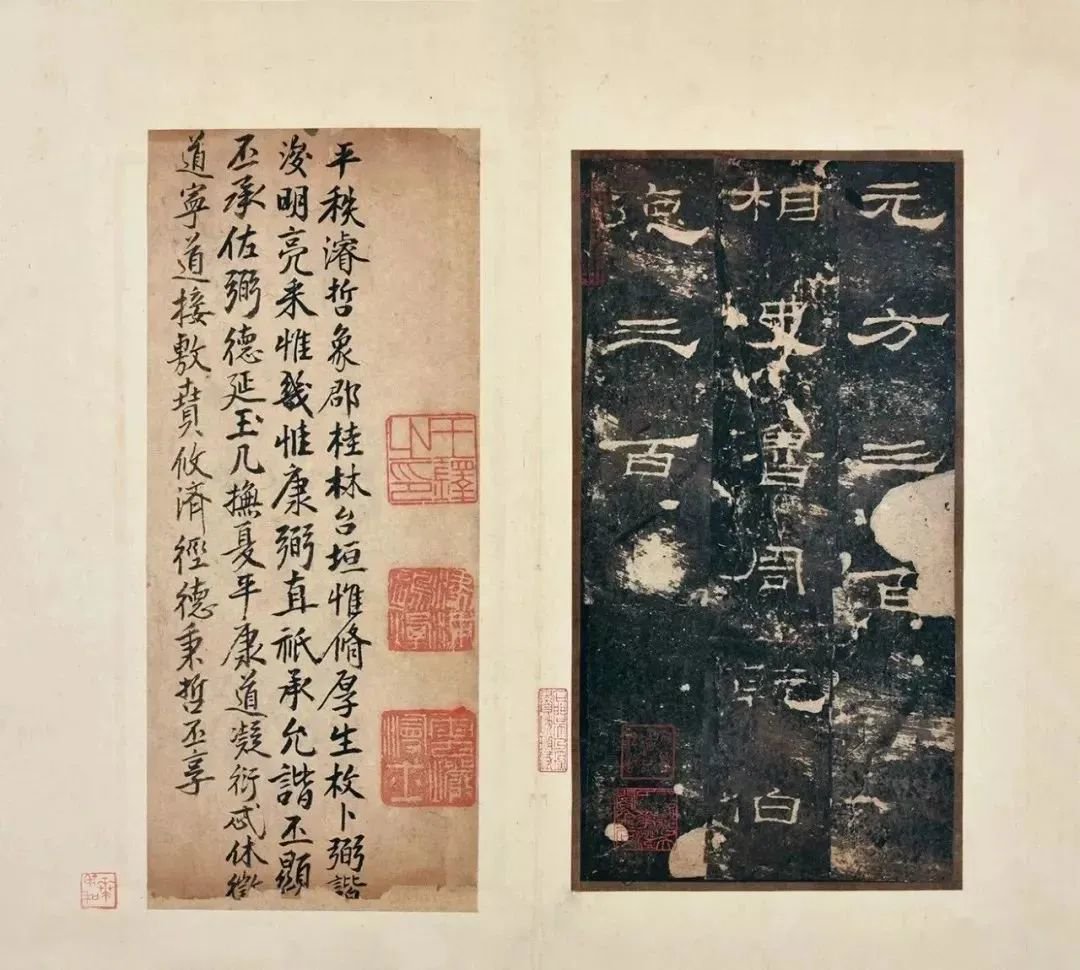
The original stone is now stored in the Han and Wei Stele Engraving Museum of Kongfu in Qufu, Shandong. The oldest copy handed down from generation to generation should be the one collected by Tuowang Jimen in the early Ming Dynasty, and this is the Ming rubbing copy. According to the "Zi Jue of the School Stele", the tenth line of the Ming rubbings has two characters "Juesi" that are not connected, and this version is the same. This copy was originally collected by Wang Duo of the Ming Dynasty. It belonged to the bibliophile Wu Zhizhen in the early Qing Dynasty, to Wu Naichen in the Republic of China, and later to An Siyuan.
Ming Tuo Cao Quan Monument
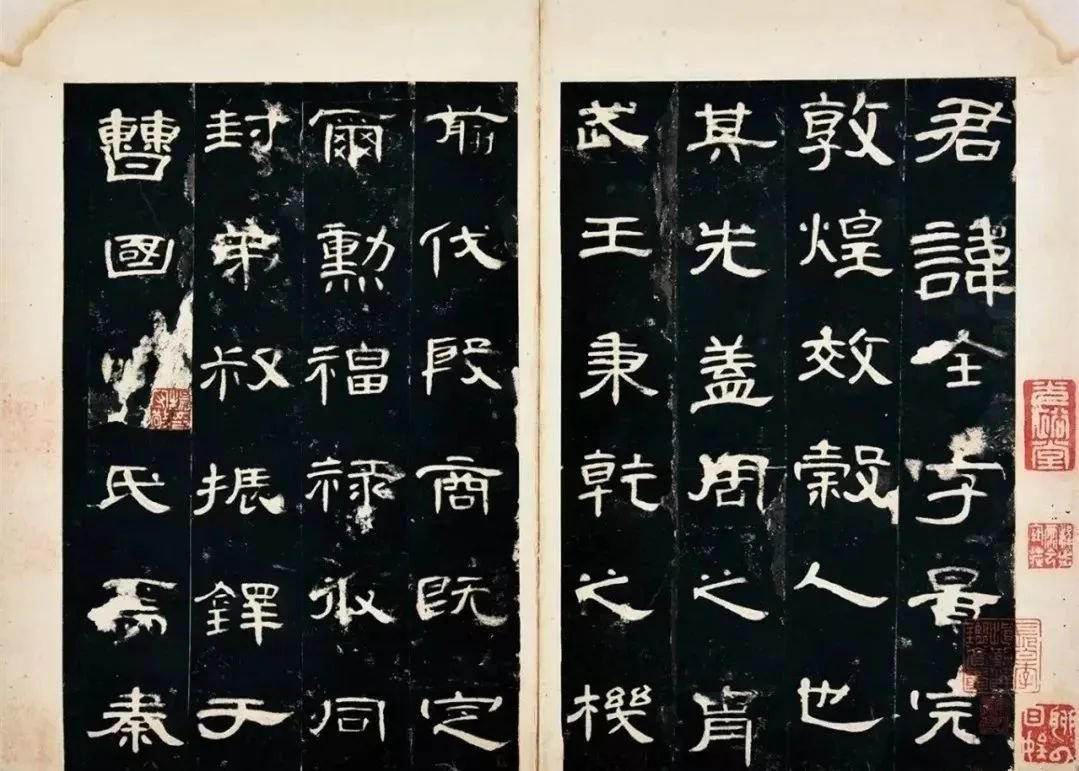
The original stone is now in the Forest of Steles in Xi'an. The original stele was unearthed during the Wanli period of the Ming Dynasty, but later it was broken. Therefore, there are uncut and broken versions handed down to the world. The Ming extensions are all uncut versions, and this is the one. This copy was originally in Duanfang's collection and was later dispersed by Tao Zhai's descendants. It was acquired by Ellsworth at a Christie's auction in New York in 1995 for US$30,800.
Inscriptions on stone drums between the Song and Yuan Dynasties
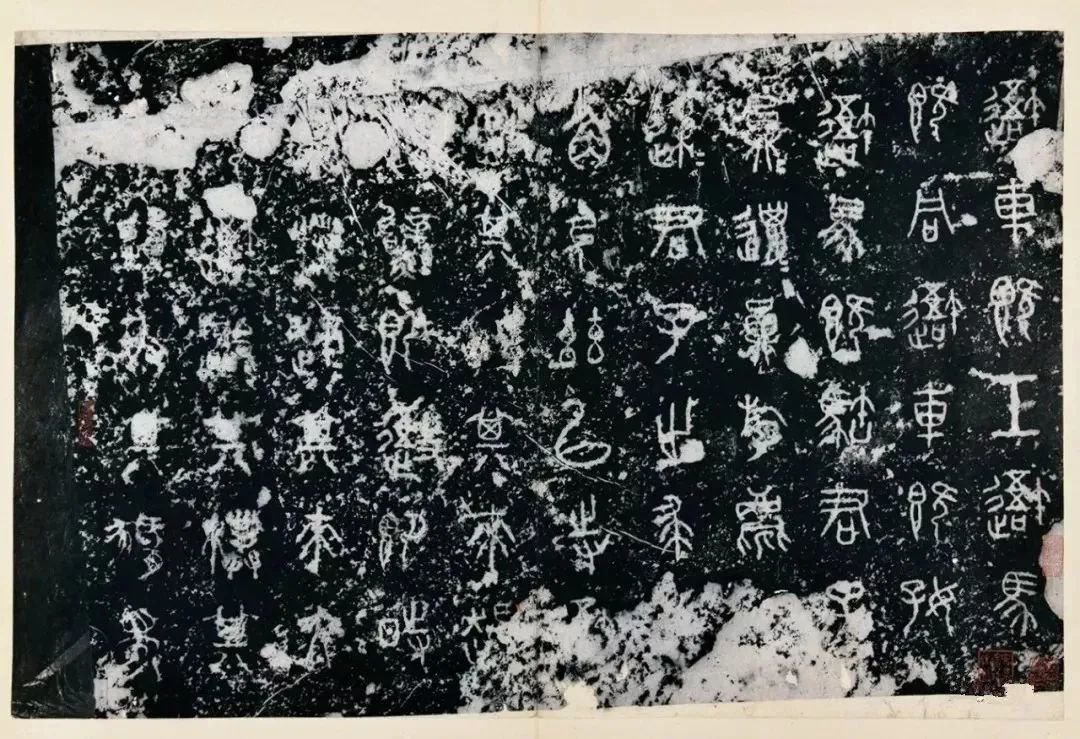
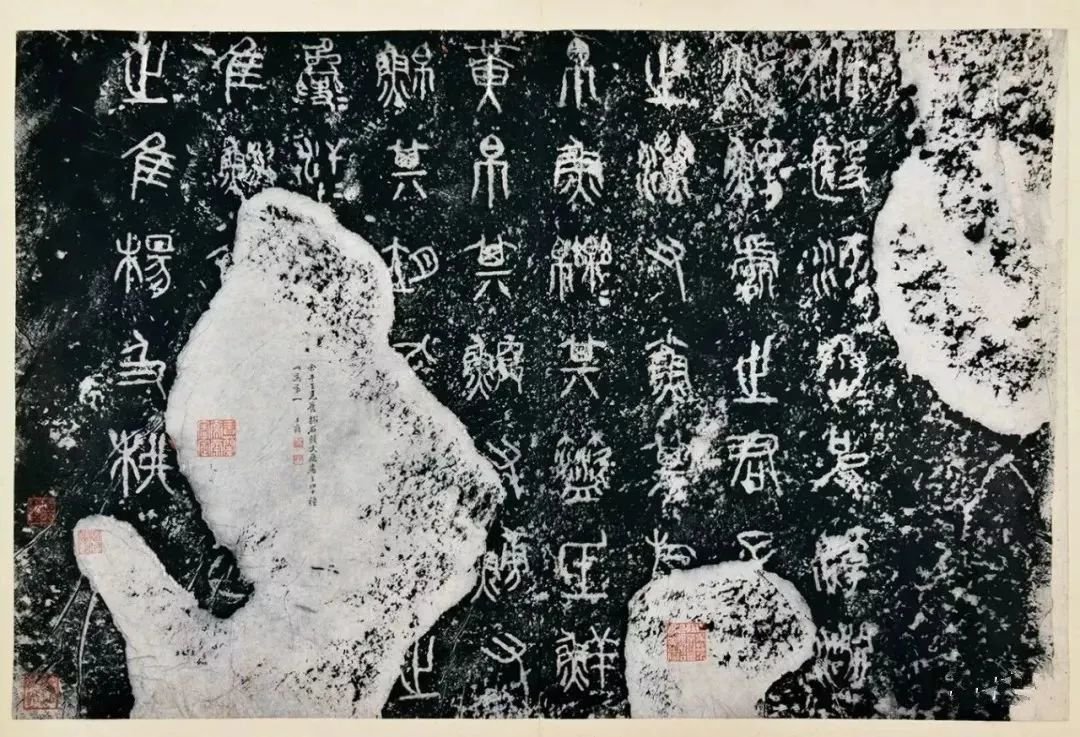
The original stone is in the Palace Museum in Beijing. The oldest surviving copies are three Northern Song Dynasty rubbings collected by the Mitsui Memorial Museum of Art in Japan. Among the existing Ming rubbings, those who know the best are the old ones collected by Xufang in Japan. Wang Zhuanghong believes that the rubbings were made in the early Ming Dynasty. According to the "Xiaobei Zi Jue", the first line of the second drum with the word "汧" is intact, and the second line with the word "li" is intact. This version has the same characters as "Qian" and "Li" in the Xufang version, and there are no stone flowers between the two characters "Huangbo" in the second drum, which is better than the Xu version. Therefore, it is fair to judge that this rubbing was made between the Song and Yuan Dynasties. This copy was originally collected by Wu Yun of the Qing Dynasty and belonged to Li Qiyan. It was acquired by Ellsworth for US$264,000 at a Christie's auction in New York in 1992.
China Guardian 2018 Autumn Auction
